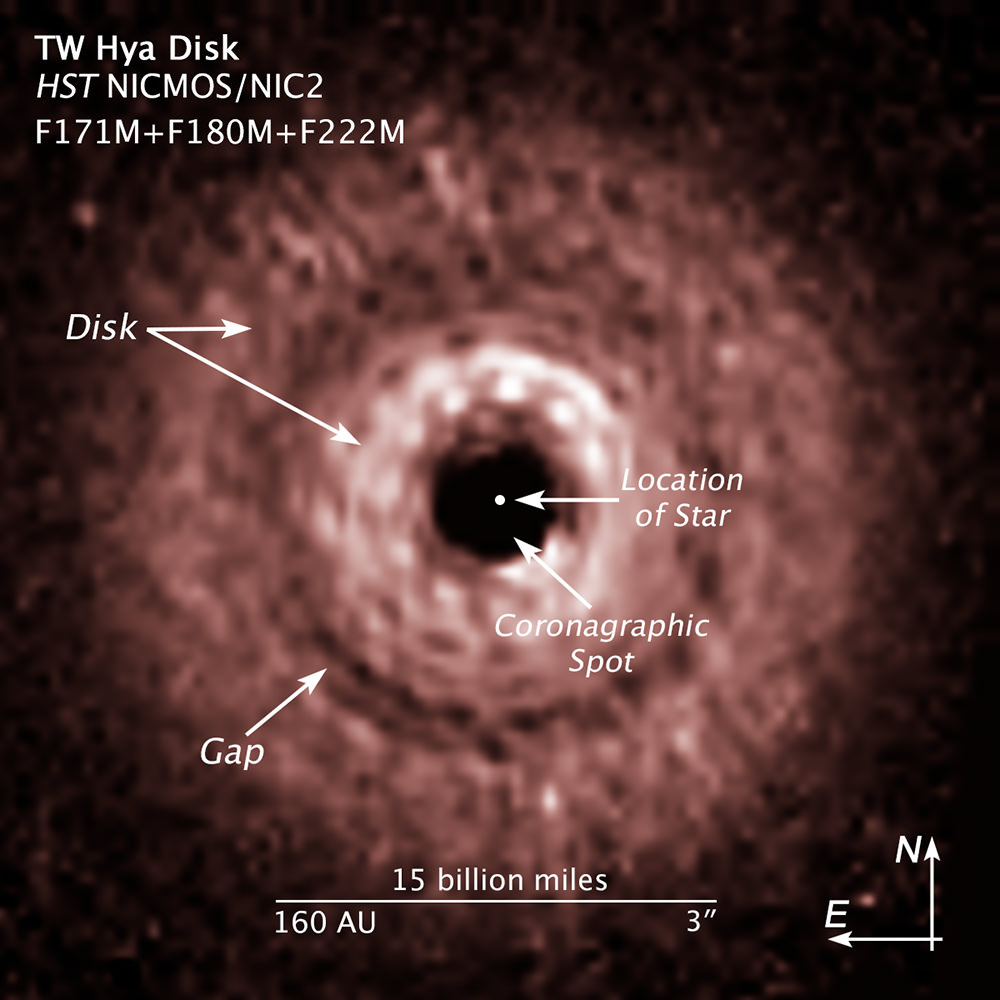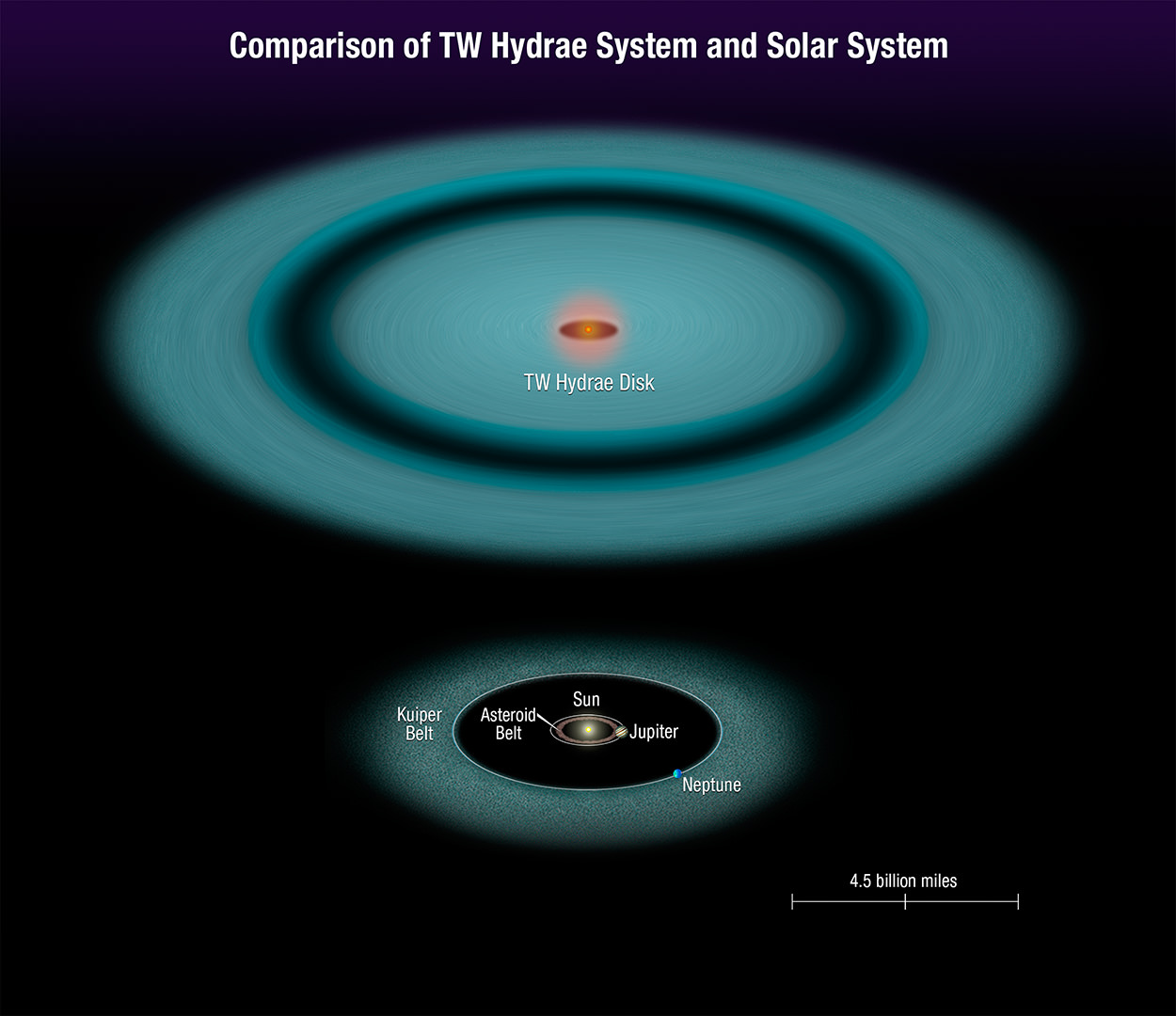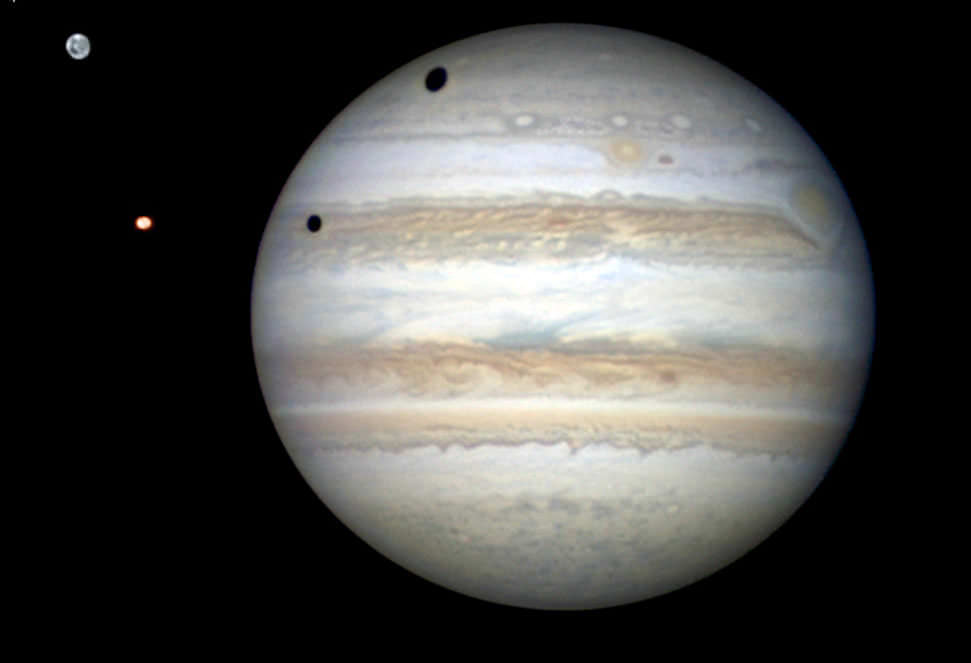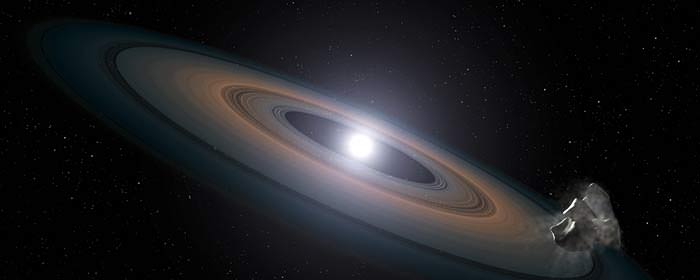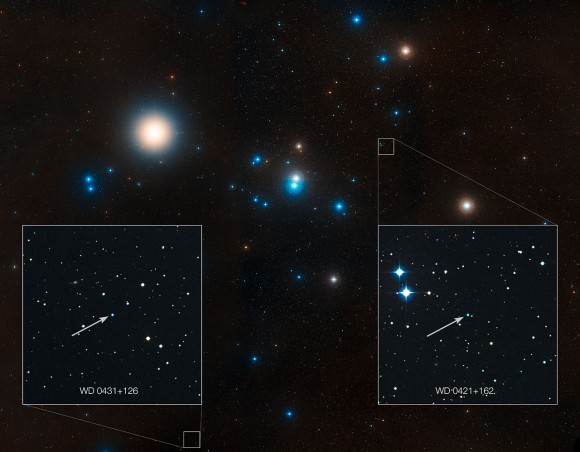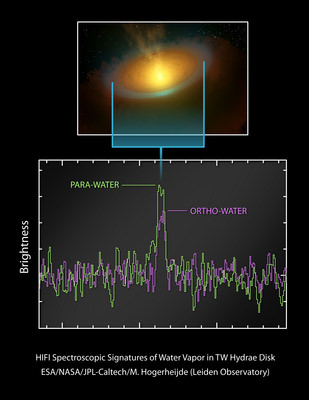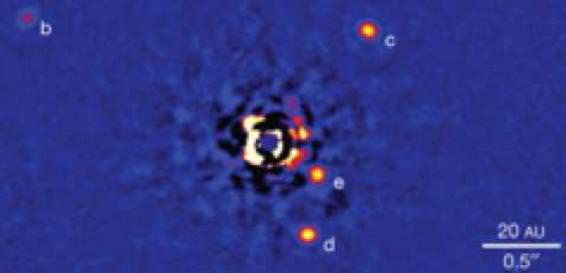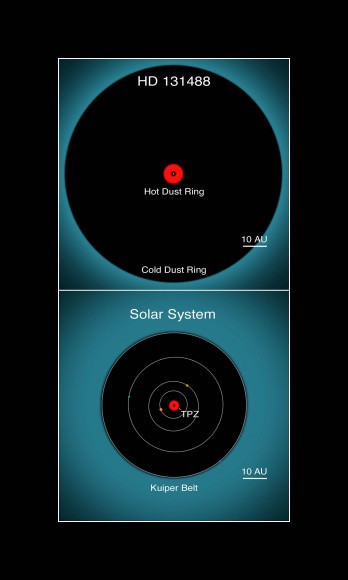It seems like there’s a strange gap in between Mars and Jupiter filled with rocky rubble. Why didn’t the asteroid belt form into a planet, like the rest of the Solar System?
Beyond the orbit of Mars lies the asteroid belt its a vast collection of rocks and ice, leftover from the formation of the solar system. It starts about 2 AU, ends around 4 AU. Objects in the asteroid belt range from tiny pebbles to Ceres at 950 km across.
Star Wars and other sci-fi has it all wrong. The objects here are hundreds of thousand of kilometers apart. There’d be absolutely no danger or tactical advantage to flying your spacecraft through it.
To begin with, there actually isn’t that much stuff in the asteroid belt. If you were to take the entire asteroid belt and form it into a single mass, it would only be about 4% of the mass of our Moon. Assuming a similar density, it would be smaller than Pluto’s moon Charon.
There’s a popular idea that perhaps there was a planet between Mars and Jupiter that exploded, or even collided with another planet. What if most of the debris was thrown out of the solar system, and the asteroid belt is what remains?
We know this isn’t the case for a few of reasons. First, any explosion or collision wouldn’t be powerful enough to throw material out of the Solar System. So if it were a former planet we’d actually see more debris.
Second, if all the asteroid belt bits came from a single planetary body, they would all be chemically similar. The chemical composition of Earth, Mars, Venus, etc are all unique because they formed in different regions of the solar system. Likewise, different asteroids have different chemical compositions, which means they must have formed in different regions of the asteroid belt. 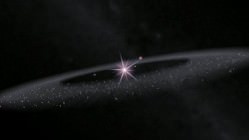
In fact, when we look at the chemical compositions of different asteroids we see that they can be grouped into different families, with each having a common origin. This gives us a clue as to why a planet didn’t form where the asteroid belt is.
If you arrange all the asteroids in order of their average distance from the Sun, you find they aren’t evenly distributed. Instead you find a bunch, then a gap, then a bunch more, then another gap, and so on. These gaps in the asteroid belt are known as Kirkwood gaps, and they occur at distances where an orbit would be in resonance with the orbit of Jupiter.
Jupiter’s gravity is so strong, that it makes asteroid orbits within the Kirkwood gaps unstable. It’s these gaps that prevented a single planetary body from forming in that region. So, because of Jupiter, asteroids formed into families of debris, rather than a single planetary body.
What do you think? What’s your favorite object in the asteroid belt. Tell us in the comments below.


